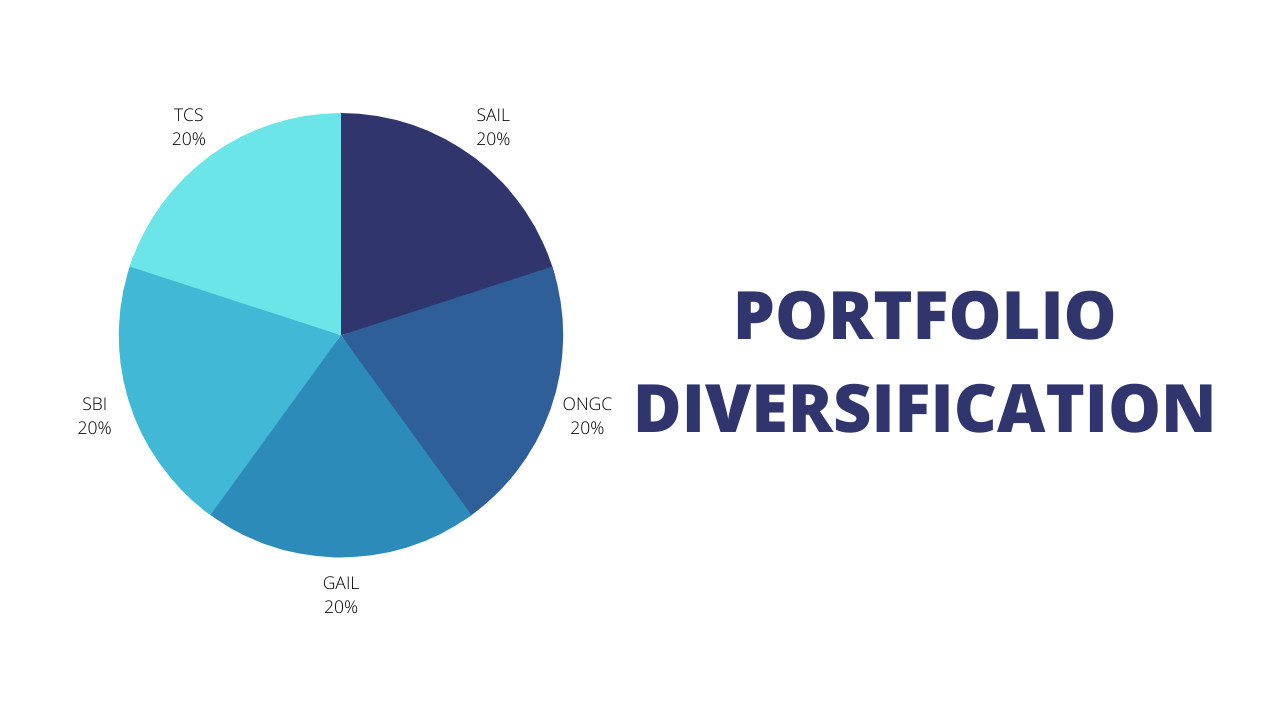Risk management is a way to counter or manage a non-desirable outcome. If we look from the angle of risk everything is a risk. Even flipping a coin has an outcome. Anything that bears an outcome falls into the category of risk. Risk management in financial markets is the cornerstone of successful investing and trading. At Lrnin.in, we believe that understanding and mitigating risks can empower individuals to navigate the volatile world of finance with confidence. Financial markets are inherently unpredictable, influenced by economic shifts, geopolitical events, and human behavior.
Without a solid risk management strategy, even the most promising investments can lead to significant losses. This article delves into the various risks in financial markets, provides actionable strategies to manage them, and equips readers with the knowledge to thrive. Whether you’re a beginner or a seasoned investor, mastering risk management is key to achieving long-term financial success.
Table of Contents
Understanding Risks in Financial Markets
Financial markets are a complex ecosystem where various risks can impact your investments. Below, we explore the primary types of risks that every investor should be aware of:
1. Market Risk (Systematic Risk)
Market risk arises from macroeconomic factors that affect the entire market, such as interest rate changes, inflation, or recessions. For instance, a sudden hike in interest rates by the Reserve Bank of India (RBI) can lead to a decline in stock prices as borrowing costs increase.
2. Credit Risk
Credit risk occurs when a borrower fails to meet their debt obligations. If you invest in corporate bonds and the issuing company defaults, you may lose your investment. This risk is particularly relevant in bond markets and peer-to-peer lending platforms.
3. Liquidity Risk
Liquidity risk is the risk of not being able to buy or sell an asset quickly without significantly affecting its price. For example, stocks of small-cap companies in India may have low trading volumes, making it difficult to exit positions during market downturns.
4. Operational Risk
Operational risk stems from internal failures, such as system breakdowns, fraud, or human errors. A brokerage platform experiencing a technical glitch during a market crash can prevent you from executing trades, leading to potential losses.
5. Geopolitical Risk
Geopolitical events, such as trade wars, political instability, or global conflicts, can cause market volatility. The 2020 India-China border tensions, for example, led to a temporary dip in Indian stock markets due to fears of economic repercussions.
6. Currency Risk
For investors in international markets, currency risk is a concern. If you invest in US stocks and the Indian Rupee depreciates against the US Dollar, your returns may erode when converting profits back to INR.
7. Behavioral Risk
Behavioral risk arises from emotional decision-making. Panic selling during a market crash or FOMO (Fear of Missing Out) buying during a bubble can lead to poor investment outcomes. The 2021 cryptocurrency boom and subsequent crash is a classic example of behavioral risk in action.

5 Essential Risk Management Strategies for Financial Markets
To navigate these risks effectively, here are five proven strategies that can safeguard your investments and help you achieve consistent returns:
Strategy 1: Diversify Your Portfolio
Diversification is the golden rule of risk management. By spreading your investments across different asset classes—stocks, bonds, real estate, and commodities—you can reduce the impact of market risk. For example, if the stock market declines, bonds may provide stability due to their inverse correlation with equities.

Strategy 2: Use Stop-Loss Orders
A stop-loss order is a tool that automatically sells an asset when its price falls below a predetermined level. This strategy is particularly useful for mitigating market risk in volatile stocks. For instance, if you buy a stock at ₹500 and set a stop-loss at ₹450, your maximum loss is limited to ₹50 per share, protecting you from deeper declines.
Strategy 3: Assess Creditworthiness Before Investing
To manage credit risk, thoroughly research the creditworthiness of bond issuers or borrowers. Look at credit ratings from agencies like CRISIL or ICRA. For example, bonds rated ‘AAA’ are considered low-risk, while those rated ‘BB’ or below carry higher default risk. Avoid overexposure to low-rated securities.
Strategy 4: Maintain Liquidity Reserves
Liquidity risk can be managed by keeping a portion of your portfolio in highly liquid assets, such as large-cap stocks or government bonds. Additionally, maintain an emergency cash reserve to avoid forced selling of illiquid assets during market downturns. A good rule of thumb is to have 10-15% of your portfolio in liquid assets.
Strategy 5: Hedge Against Currency and Geopolitical Risks
For currency risk, consider hedging strategies like currency futures or options. If you’re investing in US markets, a forward contract can lock in the exchange rate, protecting your returns. To manage geopolitical risk, stay informed about global events and reduce exposure to markets prone to instability. For instance, during the 2022 Russia-Ukraine conflict, investors who diversified away from European markets minimized their losses.
How to do a Risk Assessment?
There are a number of ways through which a person can make a risk assessment. In this article, we are only going to discuss one form of risk assessment that will work in all walks of life. Below is the full form of our Risk Assessment technique.
- S – Strength
- W – Weakness
- O – Opportunities
- T – Threats

Our inability to read and process information leads us to a lot of problems. There is a unique feature of the stock market. Irrespective of the timeline, people commit the same mistakes again and again…
Table: Overview of Financial Market Risks and Mitigation Strategies
| Risk Type | Description | Mitigation Strategy |
|---|---|---|
| Market Risk | Impact of macroeconomic factors on the market | Diversify portfolio, use stop-loss orders |
| Credit Risk | Risk of borrower default | Assess credit ratings, avoid low-rated bonds |
| Liquidity Risk | Inability to buy/sell assets quickly | Maintain liquidity reserves, invest in liquid assets |
| Operational Risk | Internal failures like system glitches | Choose reliable brokers, have backup plans |
| Geopolitical Risk | Volatility due to global events | Stay informed, diversify globally |
| Currency Risk | Exchange rate fluctuations | Use hedging tools like futures or options |
| Behavioral Risk | Emotional decision-making | Follow a disciplined investment plan |
Practical Tips for Implementing Risk Management
- Regular Portfolio Reviews: Assess your portfolio quarterly to ensure it aligns with your risk tolerance and financial goals. Rebalance if any asset class becomes overexposed.
- Stay Educated: Platforms like Lrnin.in offer resources to learn about market trends and risk management techniques. Knowledge is your best defense against uncertainty.
- Avoid Over-Leveraging: Borrowing to invest (leverage) can amplify gains but also magnifies losses. Limit leverage to a level you can comfortably manage.
- Set Clear Goals: Define your investment objectives—whether it’s capital preservation, growth, or income—and tailor your risk management strategy accordingly.
- Use Technology: Leverage tools like portfolio trackers and risk assessment software to monitor your investments in real-time.
Why Risk Management Matters for Lrnin.in Readers
At Lrnin.in, our mission is to empower learners with the knowledge to succeed in financial markets. Risk management is not just about avoiding losses; it’s about creating a sustainable path to wealth creation. By understanding the risks in financial markets and applying the strategies outlined above, you can protect your capital while seizing opportunities for growth. The Indian financial market, with its unique dynamics like Sensex volatility and RBI policy shifts, demands a proactive approach to risk management. Whether you’re investing in equities, bonds, or derivatives, these strategies will help you navigate challenges and achieve your financial dreams.



